EXCERPT:
Michele Savonarola was a court physician who served the house of Este in the fifteenth-century city-state of Ferrara, Italy, and was a prolific writer of Latin and Italian texts. About 1460, he composed his vernacular Italian manual bearing the Latin title, De regimine praegnantium et noviter natorum usque ad septennium, or Guide for Pregnant Women and Newborns up to the Seventh Year, which has recently been translated into English (Zuccolin and Marafioti). The Guide allows today’s English readers to learn more about midwifery, maternity, medical practice, and the realities of the childbearing year, including the care of the newborn, in early modern Italy.
Michele Savonarola often wrote in Latin, in order to reach an educated audience of male physicians and scholars, but he wrote his Guide in Italian in order to speak directly to women. He addresses his Guide to the “dear ladies of Ferrara,” calling them “my daughters,” thus presenting himself as a “good father” (p. 57): this is how he wanted the noblewomen of the court to regard him. He wrote the Guide in the vernacular for the sake of midwives, mothers, and their children, to whom the women had “bravely given birth” (p. 57). Throughout the text, he often directly addresses these women individually as frontosa, which refers etymologically to the forehead (“frons”) and can mean someone holding her head high and proud, and so being “brave” and “audacious” (p. 53). In so saying, he praises mothers and midwives for their boldness and he encourages women to recognize their own strength. He does not hesitate to criticize unhealthy practices or those who insist on them, but instead affirms the important role of women in caring for themselves and their children.
The Guide consists of three parts. The first part concerns conception; the second part, care during pregnancy and birth; and the third part, the upbringing of young children from their birth to the age of seven, with attention to the prevention, care, and healing of children’s illnesses and infirmities. The information presented in the Guide is not only medical, but also moral. It is presented to enable the ladies of Ferrara to become the “physical and spiritual healers” of their children (p. 59). As Gabriella Zuccolin says in the introduction to the new English translation, the work serves as “a guide to married life, an aid to women’s fertility, a prescription for the responsible management of birth, and a presentation of the best possible care of the newborn” (p. 15).
See: Savonarola, Michele. A Mother’s Manual for the Women of Ferrara: A Fifteenth-Century Guide to Pregnancy and Pediatrics. Ed. Gabriella Zuccolin and trans. Martin Marafioti. The Other Voice in Early Modern Europe: The Toronto Series, Vol. 89. New York and Toronto: Iter Press, 2022.

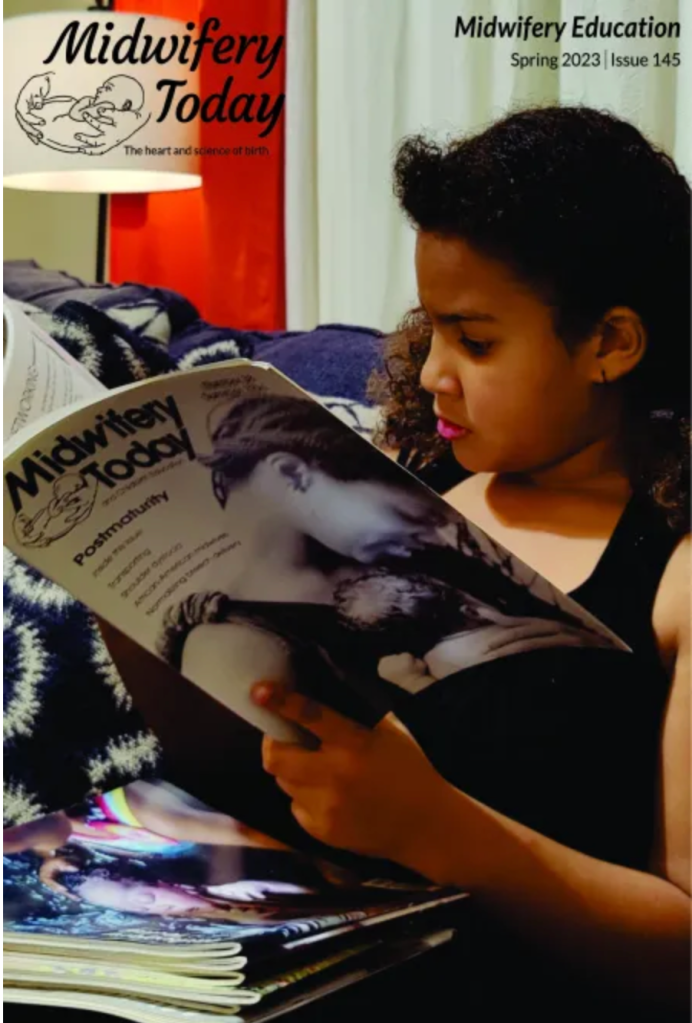








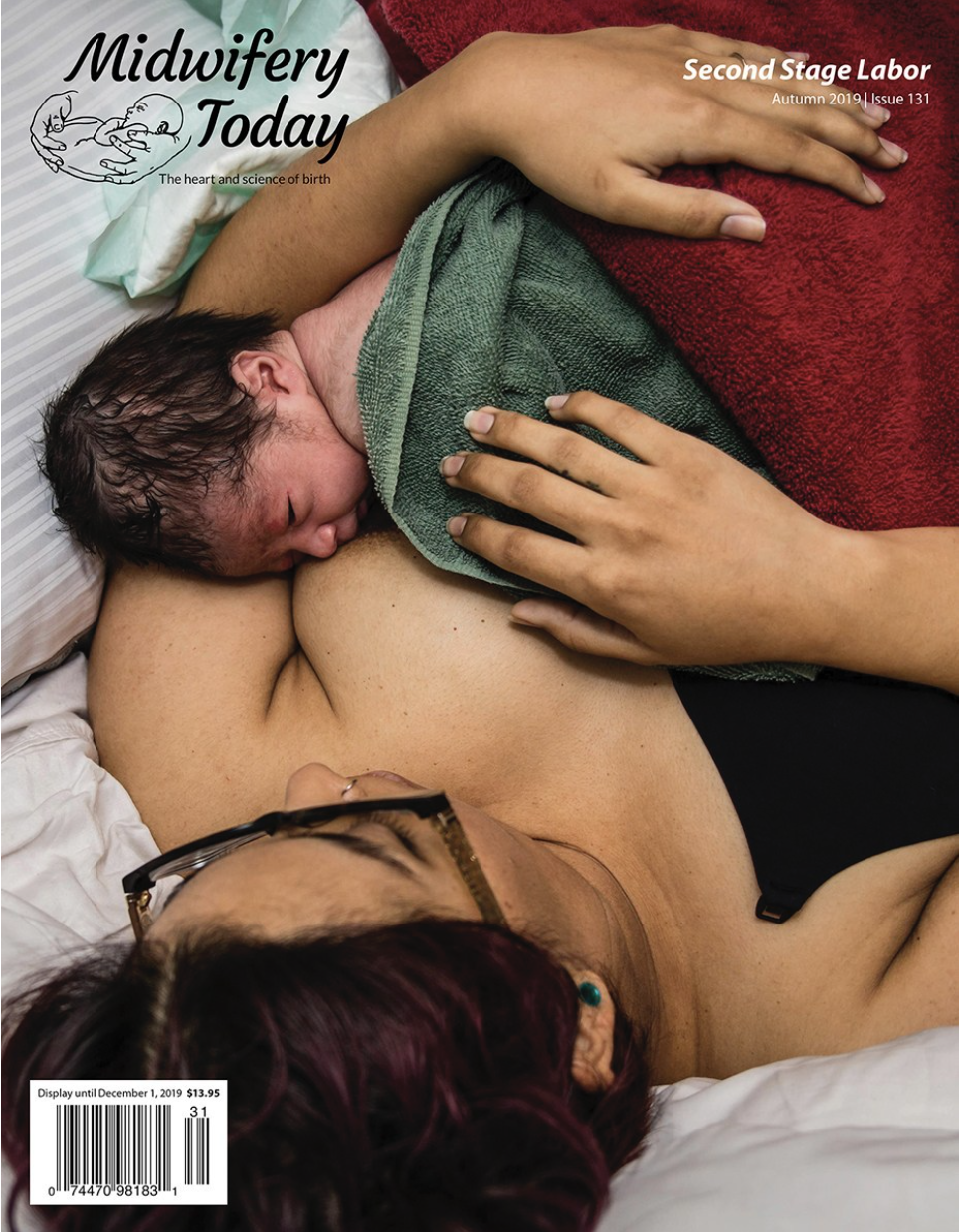
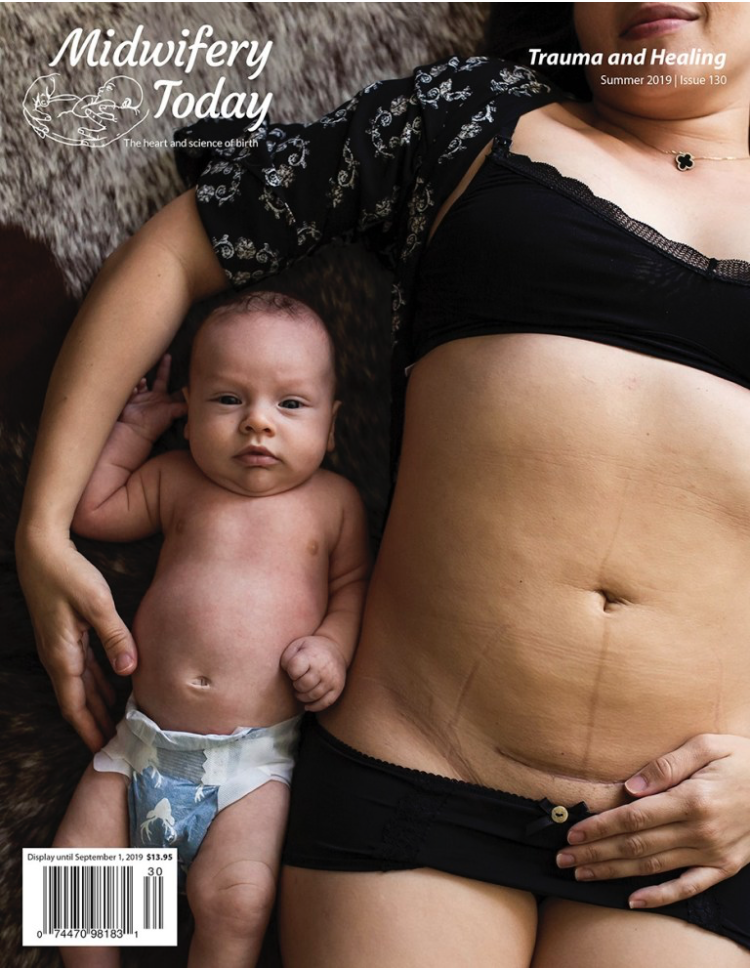
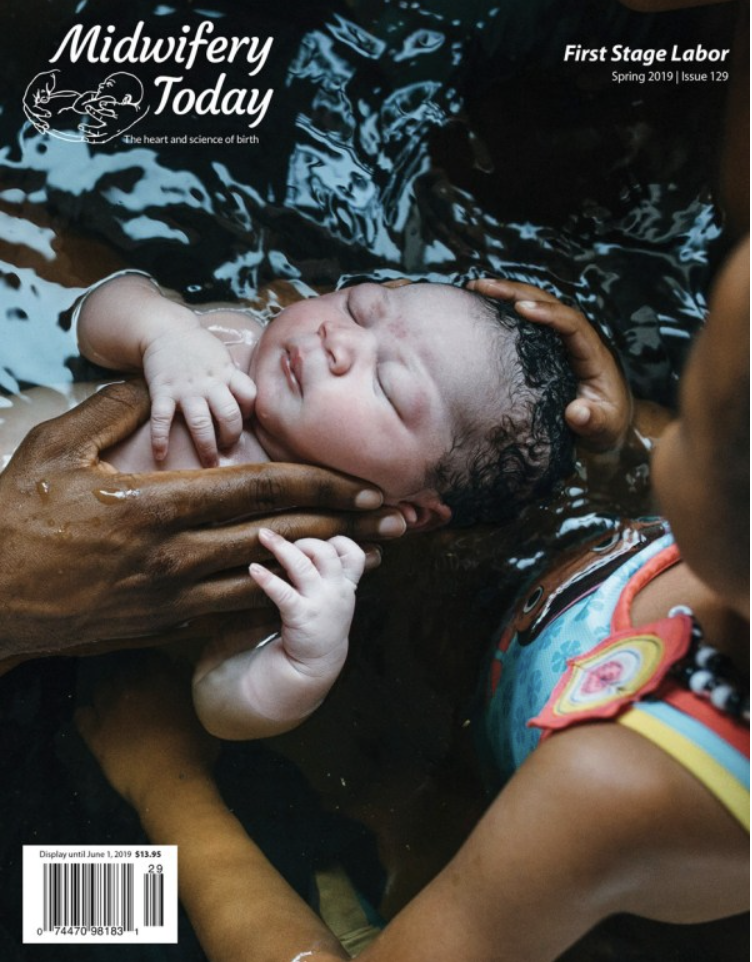
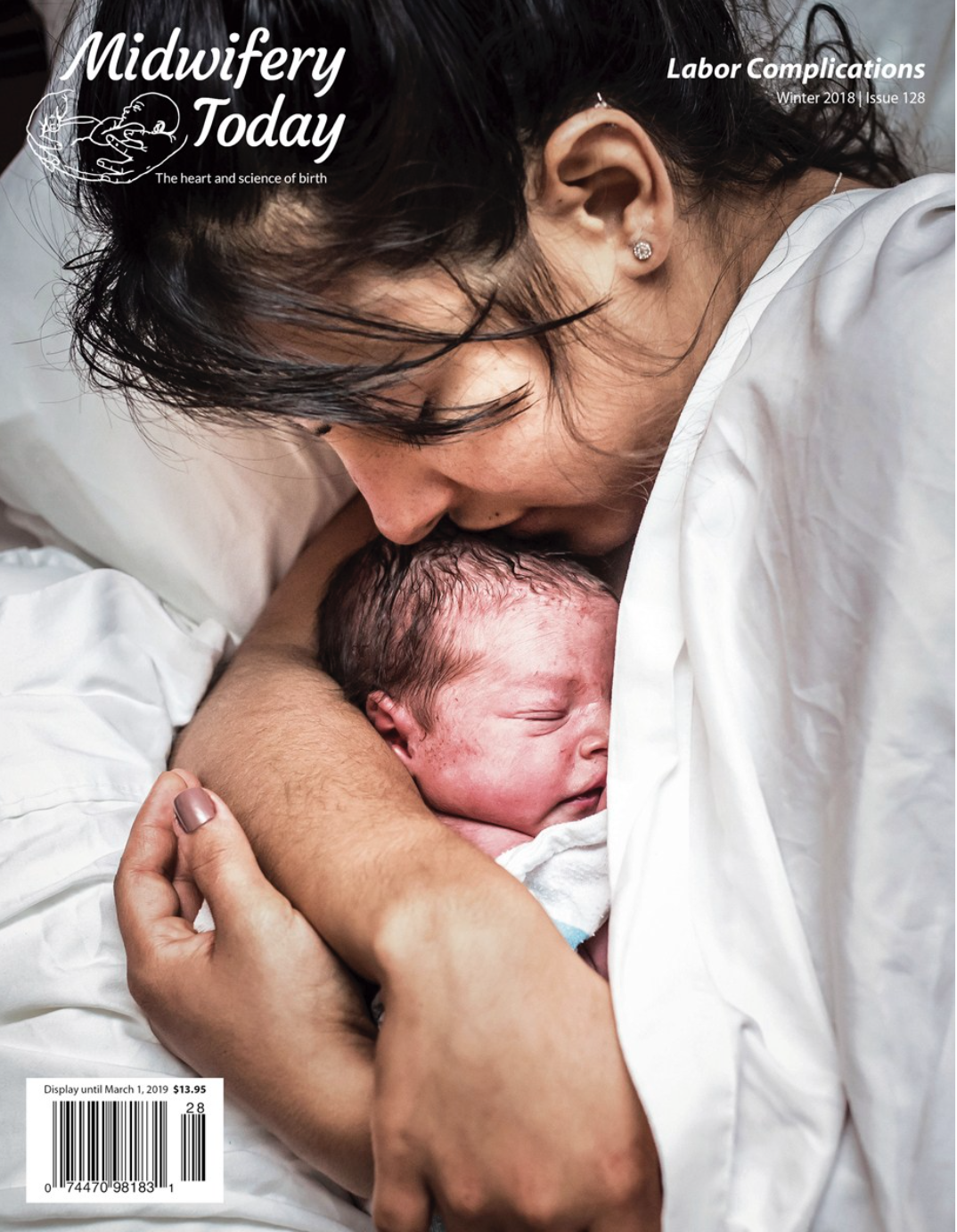 My essay, “Jane Hawkins: A Colonial American Midwife and a Complicated Birth,” appears in
My essay, “Jane Hawkins: A Colonial American Midwife and a Complicated Birth,” appears in 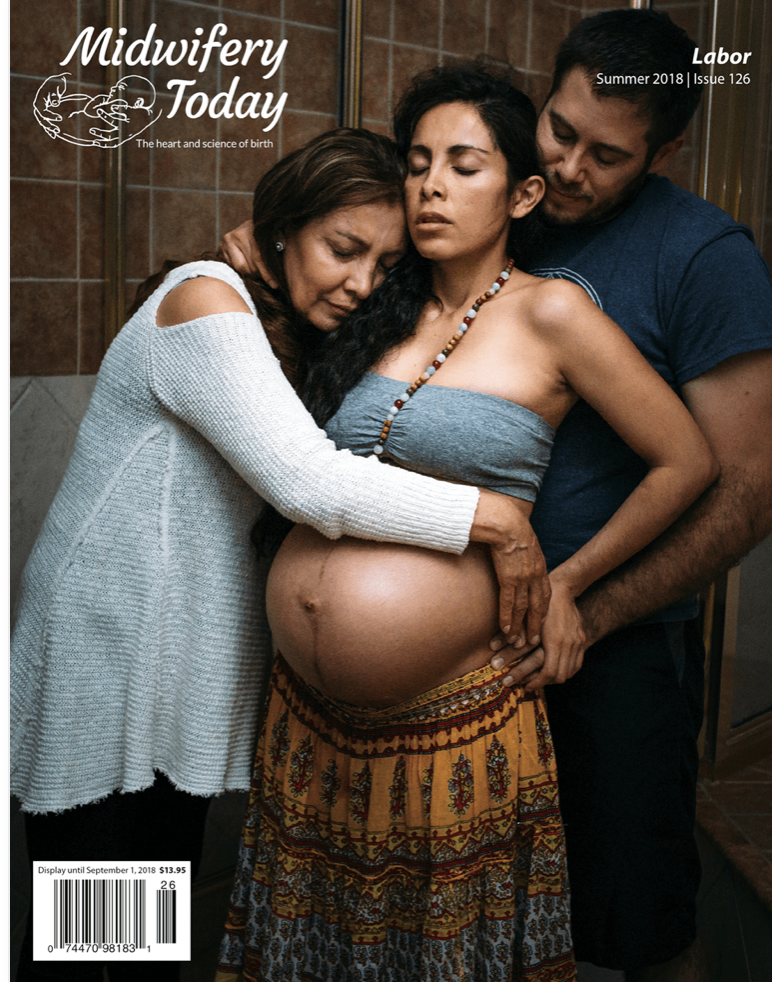
 My essay “‘Desco da parto’: The Birth Tray and its Cultural Significance in Renaissance Italy,” now appears in Midwifery Today 125 (Spring 2018): 26-28.
My essay “‘Desco da parto’: The Birth Tray and its Cultural Significance in Renaissance Italy,” now appears in Midwifery Today 125 (Spring 2018): 26-28.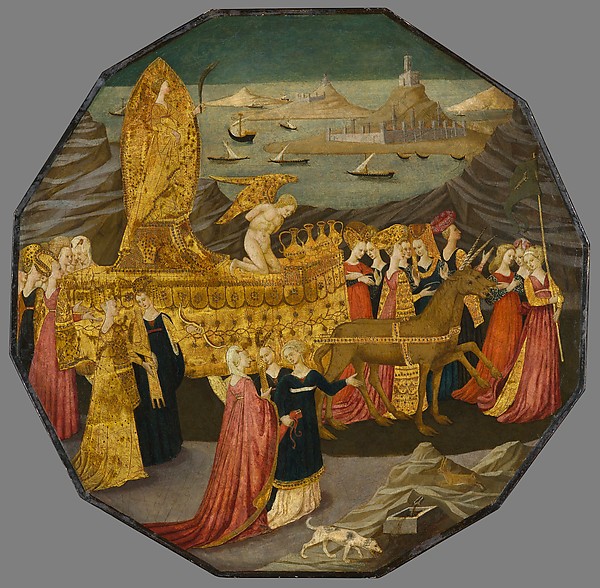
















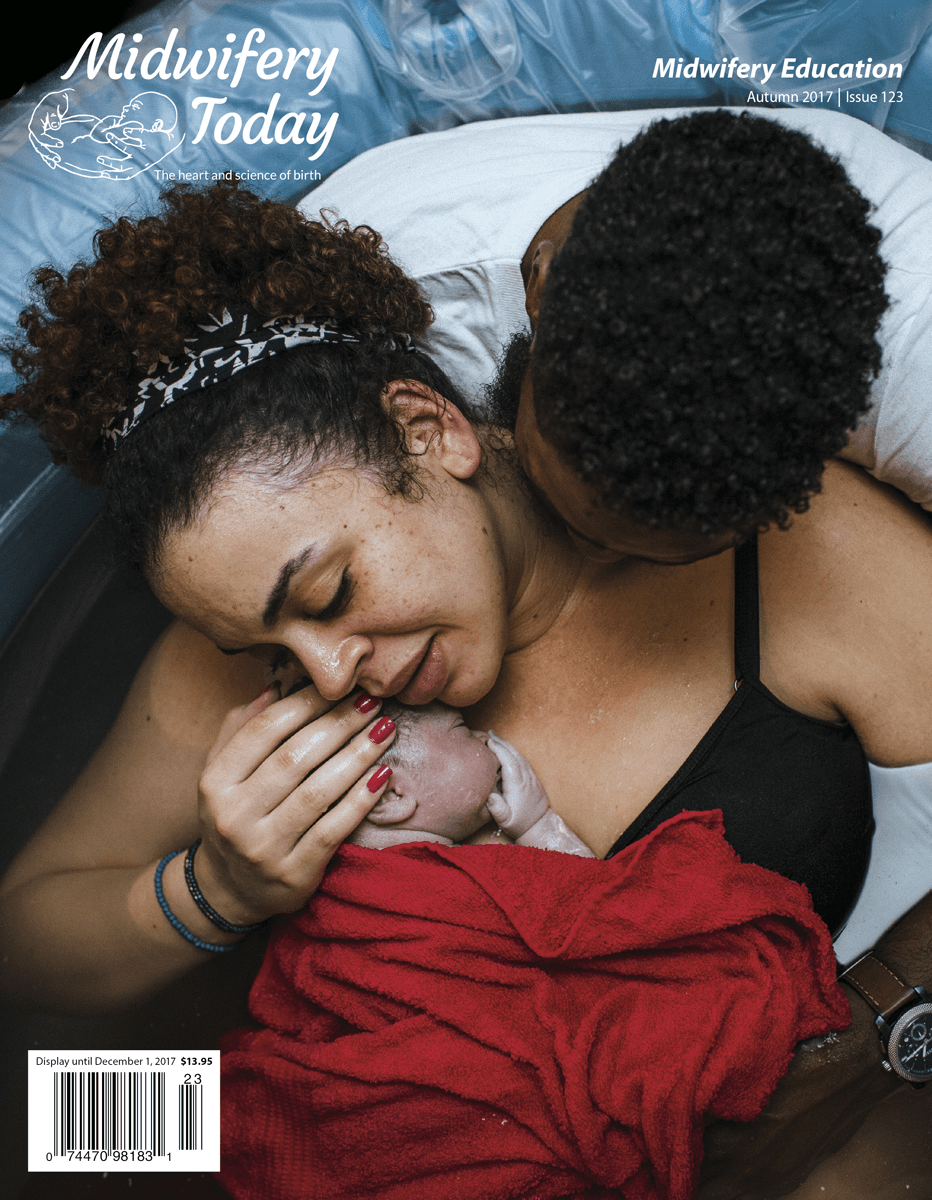 My biographical essay on Judith Wilks, royal midwife to Queen Mary of Modena, now appears in Midwifery Today 123 (Fall 2017), 48-51.
My biographical essay on Judith Wilks, royal midwife to Queen Mary of Modena, now appears in Midwifery Today 123 (Fall 2017), 48-51.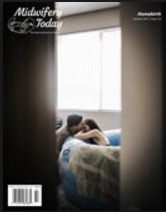 My biographical essay, “‘The Sainted Ann Hutchinson’: Midwife of Grace (1591-1643)” now appears in Midwifery Today 122 (Summer 2017): 29-31.
My biographical essay, “‘The Sainted Ann Hutchinson’: Midwife of Grace (1591-1643)” now appears in Midwifery Today 122 (Summer 2017): 29-31.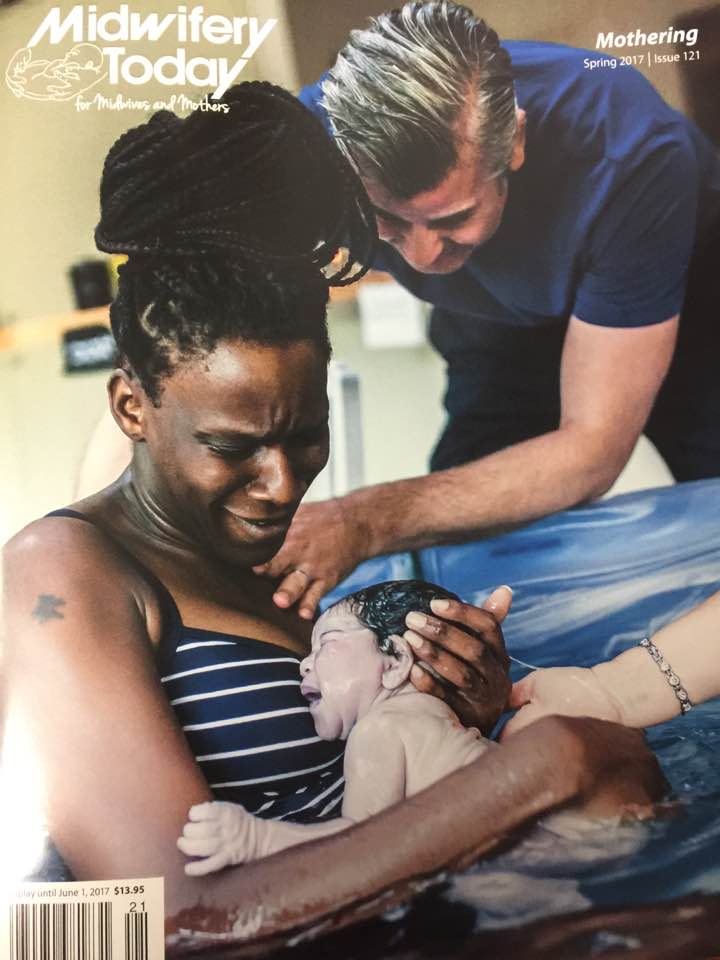 My essay, “Joana Torrellas and the Spanish Inquisition,” now appears in Midwifery Today 121 (Spring 2017), 42-43.
My essay, “Joana Torrellas and the Spanish Inquisition,” now appears in Midwifery Today 121 (Spring 2017), 42-43.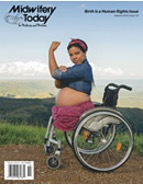 My essay on Martha Mears — a nature-loving, bird-watching, poetry-quoting, 18th c. English midwife — now appears in Midwifery Today (Fall 2016).
My essay on Martha Mears — a nature-loving, bird-watching, poetry-quoting, 18th c. English midwife — now appears in Midwifery Today (Fall 2016).